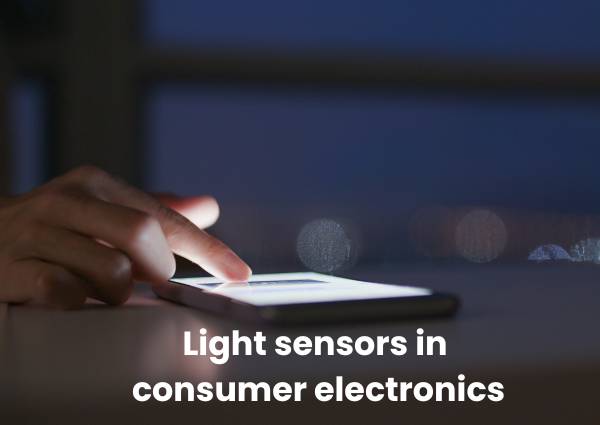Light sensors in IoT definition and applications Circuit Diagram
Light sensors in IoT definition and applications Circuit Diagram With the increasing demand for energy efficiency, smart automation, and intelligent devices, the applications of light sensors are expected to grow even further in the future. By harnessing the power of light sensors, we can create smarter, more responsive, and more efficient systems that enhance our lives and contribute to a more sustainable A system comprising an ambient light sensor, microcontroller, power supply module, dimming controller, and lamp was developed. system that contributes to energy savings through the use of controls and light sources energy code compliance devices wiring control zoning commissioning detailed descriptions and general performance specifications for programmable scheduling controls, light sensors, occupancy sensors and radio-frequency wireless controls lighting plan sketches providing application examples.

Estimating energy savings resulting from installation of more-efficient light fixtures and lighting systems is fairly straightforward, being based on the difference in wattage. however, can be challenging, as actual savings will depend on application characteristics such as occupant behavior, building design, site orientation, availability

Working Principles, Types, and Application Circuit Diagram
These sensor lighting solutions use sensors to automatically control light intensity based on occupancy and ambient light levels, significantly reducing electricity waste. By ensuring lights are only on when needed, sensor lighting minimizes energy consumption, making it an ideal solution for both residential and commercial spaces This makes phototransistors more versatile in many applications. 5. How do light sensors contribute to energy efficiency? By automatically adjusting lighting and device settings based on ambient light levels, light sensors minimize energy use, leading to lower operational costs and decreased environmental impact.

LED light sensors are devices that use light to detect motion, heat, or other environmental changes. They are commonly used in a variety of applications, including security, automation, and energy efficiency. By adding sensors to your lighting project you can further increase your energy savings by 30 to 60%. Types of LED Light Sensors The By tapping into this phenomenon, light sensors can detect and measure light intensity, providing valuable data for energy-saving applications. 2. Photoconductive Effect. In photoconductive sensors, materials change their electrical resistance when exposed to light. Cadmium sulfide (CdS) cells, for example, become more conductive as light

Estimating Energy Savings with Lighting Controls Circuit Diagram
An Applications Guide for Federal Facility Managers Lighting use constitutes about 20% of the total energy consumption in commercial buildings. Adding lighting controls is a simple retrofit option than can save on energy costs while help-ing to meet agency and federal energy savings mandates. Some energy codes and federal standards require the
